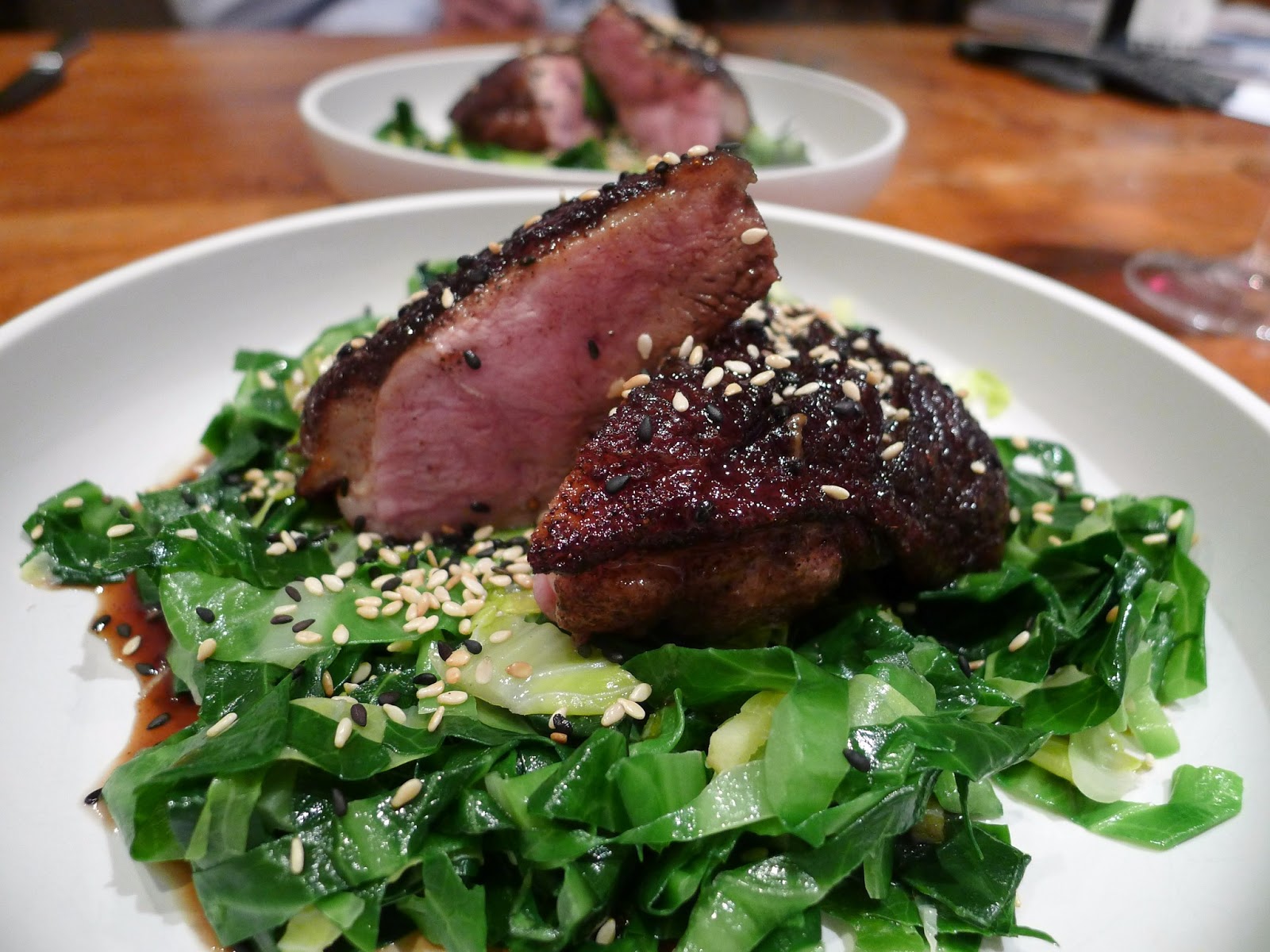This then is an amalgamation of 2 of Sunflower’s recipe - basically the North & South Taiwan version of Lu Rou Fan or Stewed Pork with Rice (lu is braised, rou is pork and fan is rice).. evidently minced pork is used in the North and diced pork in the South, meaning that at heart this is the Southern Taiwan version but I have also added oyster sauce taken from the minced pork version.
Unfortunately I’d thrown my dried shrimps away when I moved (I didn’t think the bf would appreciate the rather, let’s say pungent, aroma wafting out of the not particularly well sealed bag) so where the original recipe calls for a tablespoon or so of dried shrimp, I toasted a teaspoon of shrimp paste in a little foil pouch in a hot oven and used that instead.
Unauthentically it would seem, but I was battling a head cold / chest infection combo at the time of cooking, I also added a whole dried chile de arbol for some soothing warmth and immune system boosting qualities.
If you are in fact going to make the effort of making homemade crispy fried shallots you will need to do this step first as you can then use the shallot flavoured oil for cooking the pork. If not, of course that won’t matter and you can just use groundnut oil in its place.
The addition of hardboiled eggs partway through cooking means that they soak up the sauce’s flavour as they simmer in it and make them deliciously rich. The longer you then leave them to soak in the sauce, the more they will absorb the flavour so do leave this as long as you can before reheating. A good couple of hours at least.
Stewed pork and eggs
serves 2-3
500-600g pork belly (with skin and fat), cut into 1.5cm cubes
20-25g dried shitake mushrooms, soaked then cut into pieces (soaking liquid reserved)
1 tsp toasted shrimp paste
1½ tbsp shallot frying oil (or just groundnut oil)
3 tbsp light soy sauce
3 tbsp dark soy
1 tbsp oyster sauce
½ heaped tsp Chinese 5 spice
3 crushed peppercorns
3 cloves garlic, chopped
2cm knob ginger, chopped
1½ star anise
1 small piece cassia bark (or cinnamon stick)
2 tbsp Shaoxing wine
1 tbsp palm sugar
1 dried chilli de arbol
35g crispy fried shallot (* see recipe below, or you can buy it ready-made from an Oriental supermarket), crushed
3 boiled eggs, shelled
Stir the pork around continuously until it has lost its raw colour and is browning in places.
Add the boiled eggs, try to make sure they are covered in the sauce and continue simmering for another 30 minutes or so until the meat is tender. Turn the eggs once or twice during this time.
Taste for seasoning, adjusting soy or sugar as necessary.
The stew is now done but the best thing to do is let it sit for at least a few hours at room temperature (or overnight in the fridge) and then reheat before serving.
Serve with some plain rice, and scatter over some crispy shallots.
makes about 100g
250g Thai / Asian shallots, peeled and very finely sliced
1 ½ tbsp plain flour
175ml (about ¾ cup) sunflower or groundnut oil
Mix the thinly sliced shallots with the flour, breaking up the rings / slices as you do.
Stir the shallots slowly but fairly continuously with a wooden chopstick to prevent uneven cooking. Continue frying until the shallots have started to turn a light golden. This is the point when they can quickly become burnt so turn the heat down, continue to stir and watch closely.
When they have become a deeper golden brown, remove from the heat and using a slotted spoon place into a metal sieve resting on a bowl so that excess oil can be caught in it.
Let this cool: whatever isn’t used in this recipe can be stored in an airtight container in the fridge for a few weeks.
Reserve the oil which will be flavoured with shallot and keep whatever remains after cooking the stewed pork for soups, stirfries etc.









































